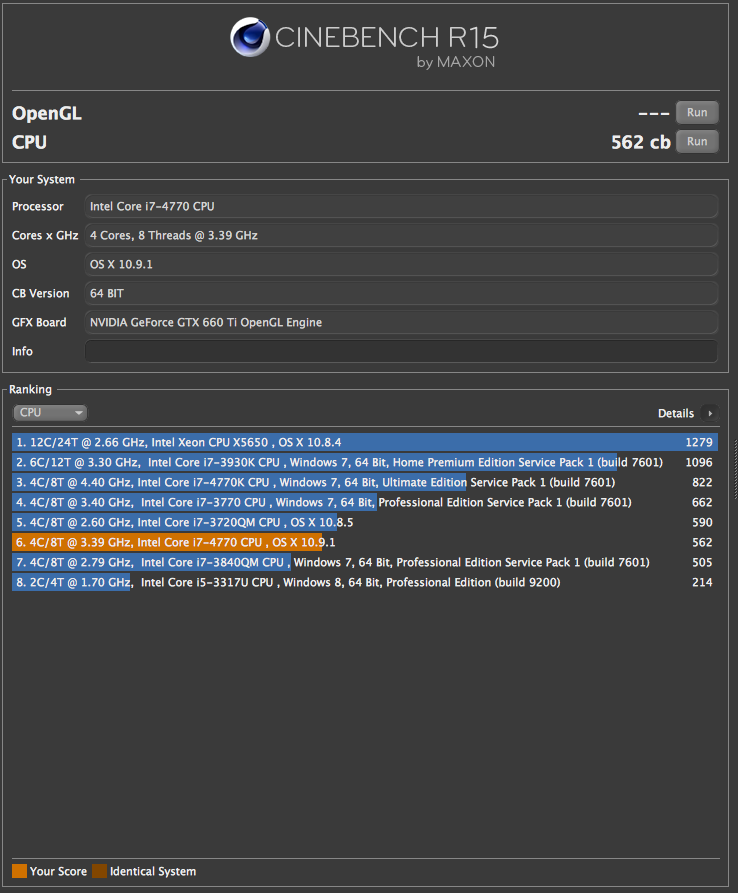- Install Osx On Dell Xps 8700 Desktop
- Install Osx On Dell Xps 8700 Download
- Install Osx On Dell Xps 8700
Installing OS X Yosemite On The Dell XPS 8700 With Multibeast So after long hours of research and trying different kexts and install methods i found a easy solution to install OS X on the dell XPS 8700 the links to the downloads will be at the end of the post.
- Re: CentOS 6.5 on Dell XPS-8700 display card issue Post by TrevorH » Mon Jun 30, 2014 6:58 pm If you run update-pciids as root then it will update the id database and probably correctly identify your chipset in lspci.
- XPS 13 9350 setup by syscl; XPS 13 9360 setup by the-darkvoid; OS-X-Clover-Laptop-Config (Hot-patching) Dell XPS 13 9360 Guide by bozma88; VoodooI2C on XPS 13 9360 by Vygr10565; USB-C Hotplug through ExpressCard by dpassmor; Kext authors mentioned in kexts/kexts.txt.
JoeV
Durand, MI
Mini SATA Install To Upgrade 32GB to 480GB
In our post on the Dell XPS 8700 overview, including a video, I mentioned how we would upgrade the mSATA SSD on the motherboard from 32GB to a larger Solid State Drive that we could run everything from. The original Dell configuration (which was not done correctly…) was to have the small – by today’s standards – 32GB SSD act as a cache for frequently accessed data on the 2TB 7200rpm conventional SATA hard drive.
Windows 8 does run better with an SSD cache, but if you can keep your really big files on a partition other than your Windows partition then why not run everything on a super fast SSD and speed up your PC as much as possible?

I have been running on SSD’s for several years now and writing about the performance benefits. So the only difference on this Dell XPS is that since it has a mini-SATA or mSATA on the motherboard it’s the obvious choice for my SSD upgrade. The cost of an mSATA SSD over 2.5″ model is only $10 on the Crucial m500 I bought. That $10 price advantage, BTW, would be negated by the 2.5″ to 3.5″ drive adapter I would have to buy in order to mount a 2.5″ SSD (perfect size for laptop) in a desktop PC.
Mini-SATA SSD Advantages
I really don’t know if the mSATA on the motherboard is better performing than a conventially installed SSD; it kind of makes sense that it COULD be, but it does save a hard drive slot if you want additional drives mounted inside of the computer case and results in fewer cables tangled up in your case.
Should I ever want to use the mini-SATA SSD elsewhere on a PC that does NOT have the mount on the motherboard, simply spend $10 on an adapter and you are good to go.
Install Osx On Dell Xps 8700 Desktop
In fact, that is what I am doing with the 32GB mSATA from the Dell XPS, putting it on a Syba mSATA SSD to 2.5-Inch SATA Adapter (SY-ADA40050) and installing in an Asus EEE PC for a great speed up on that machine. And 32GB is plenty for an EEE PC.

How To Install A mSATA SSD
As you can see in the video below, installing the mSATA SSD on the motherboard is quick and easy. Here are the steps.
- BACKUP any data on the PC (ALWAYS a good idea, but especially before making hardware changes)
- If the mSATA is currently being used as a cache, I would suggest disabling cache and freeing up the mSATA using the software provided by your computer manufacturer (Intel in my case).
- UNPLUG the computer
- Place on static free, clean, workspace. Counter tops are fine but if you can NOT be standing on carpet all the better. Use an anti-static wrist guard if necessary.
- Take the cover off the PC and WAIT until any glowing LEDs on the motherboard go out. LEDs lit indicate there are still traces of power in the system.
- Remove any cables or add-in cards (like video) that are in the way
- Remove the two retaining screws on the mini-SATA SSD card, it should then spring-up to about a 30 degree angle or so
- Remove the mSATA by pulling straight out (should come out EASILY) at the “popped up” angle, place in anti-static container (like the plastic package the new one came in)
- Install new mSATA SSD by gently inserting at that same “popped up” angle. I used a Crucial m500 mSATA
- Gently push down to motherboard
- Insert and snug the two retaining screws
- Reinstall any cables or cards removed
- Put the cover back on
- Power up and see if all looks good
BIOS Settings
See BIOS settings screen shots here.
Install Osx On Dell Xps 8700 Download
